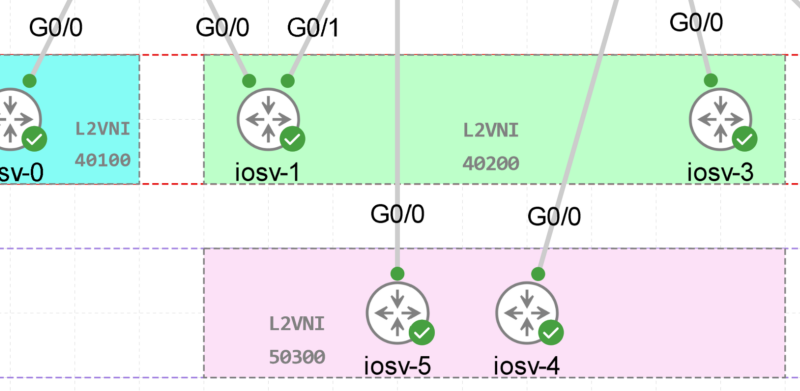IPv6 NDP (Neighbor Discovery Protocol) Overview
IPv6 NDP Overview
The Neighbor Discovery Protocol (NDP), or simply Neighbor Discovery (ND), is a protocol of the Internet protocol suite used with Internet Protocol Version 6 (IPv6). It operates at the link layer and is responsible for gathering various information required for network communication, including the configuration of local connections and the domain name servers and gateways.
The protocol defines five ICMPv6 packet types to perform functions for IPv6 similar to the Address Resolution Protocol (ARP) and Internet Control Message Protocol (ICMP) Router Discovery and Router Redirect protocols for IPv4.
NDP ICMPv6 Packet types
NDP defines five ICMPv6 packet types for the purpose of router solicitation, router advertisement, neighbor solicitation, neighbor advertisement, and network redirects.[4]
Router Solicitation (Type 133)
Hosts inquire with Router Solicitation messages to locate routers on an attached link. When an interface becomes enabled, hosts may send out RSes that request that routers generate Router Advertisements (RAs) immediately rather than at their next scheduled time.
Router Advertisement (Type 134)
Routers advertise their presence together with various link and Internet parameters either periodically, or in response to a Router Solicitation message.
Neighbor Solicitation (Type 135)
Neighbor solicitations are used by nodes to determine the link layer address of a neighbor, or to verify that a neighbor is still reachable via a cached link layer address.
Neighbor Advertisement (Type 136)
Neighbor advertisements are used by nodes to respond to a Neighbor Solicitation message.
Redirect (Type 137)
Routers may inform hosts of a better first hop router for a destination.
These messages are used to provide the following functionality:
To dig a bit deeper into IPv6 NDP, I’ll suggest the following posts:

![Explore The BGP Path Selection Attributes [Explained with Labs]](https://learnduty.com/wp-content/uploads/2022/07/image-28-800x450.png)
